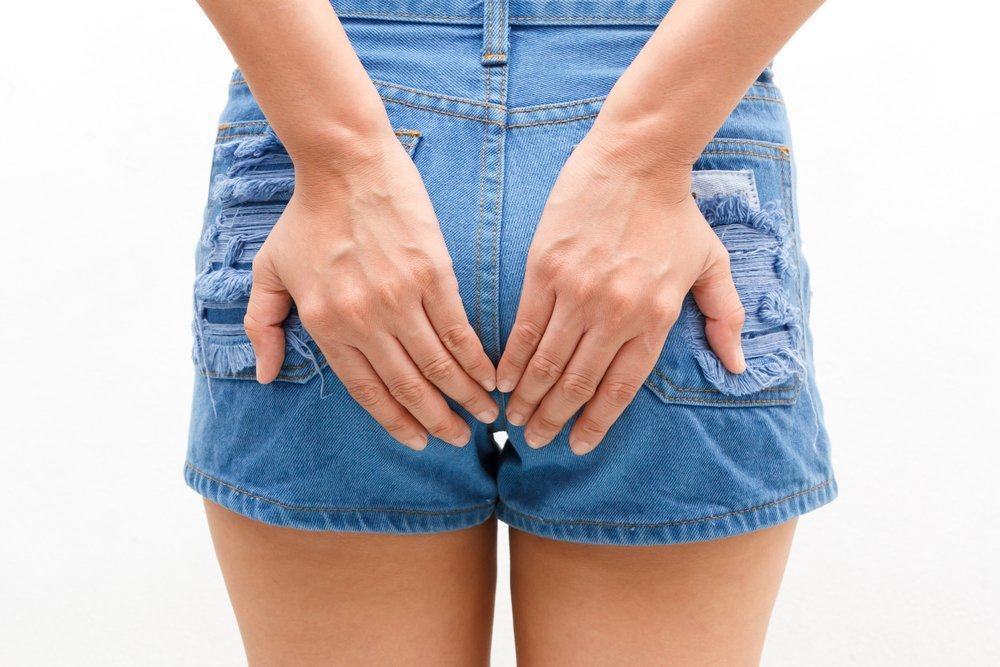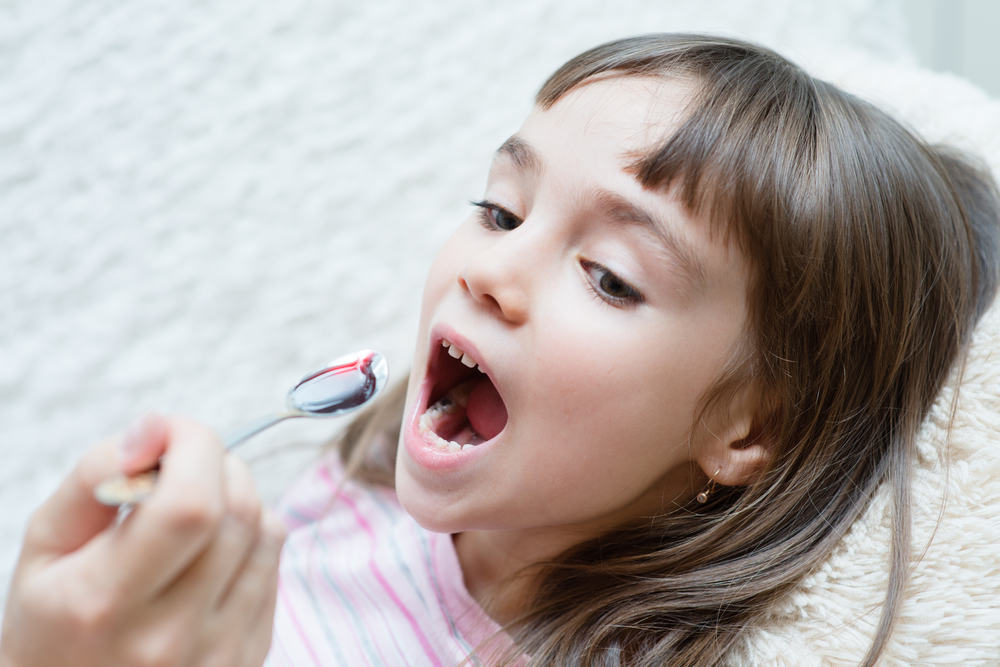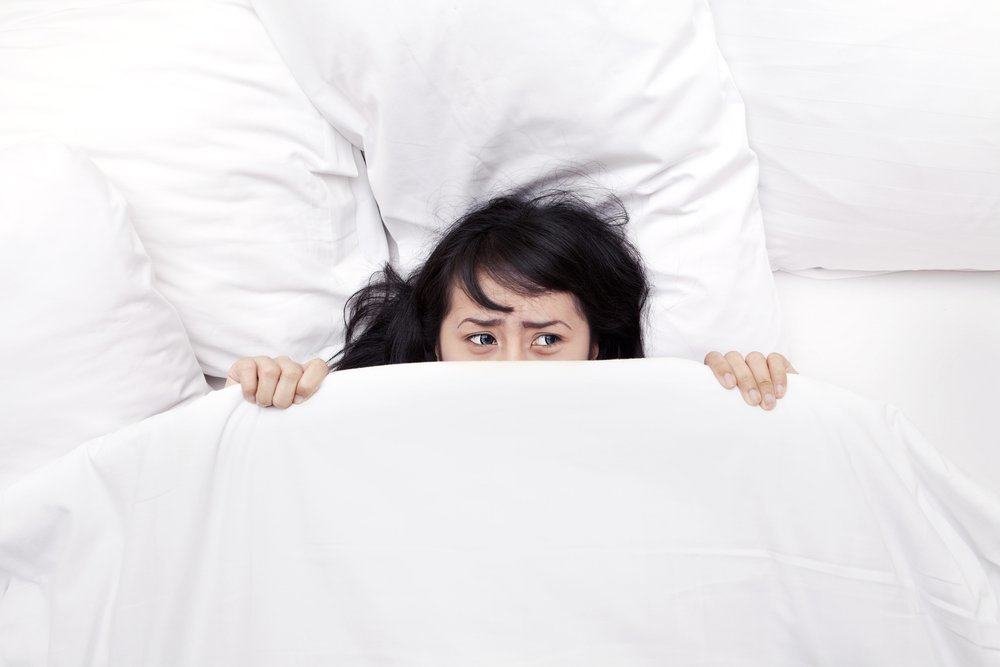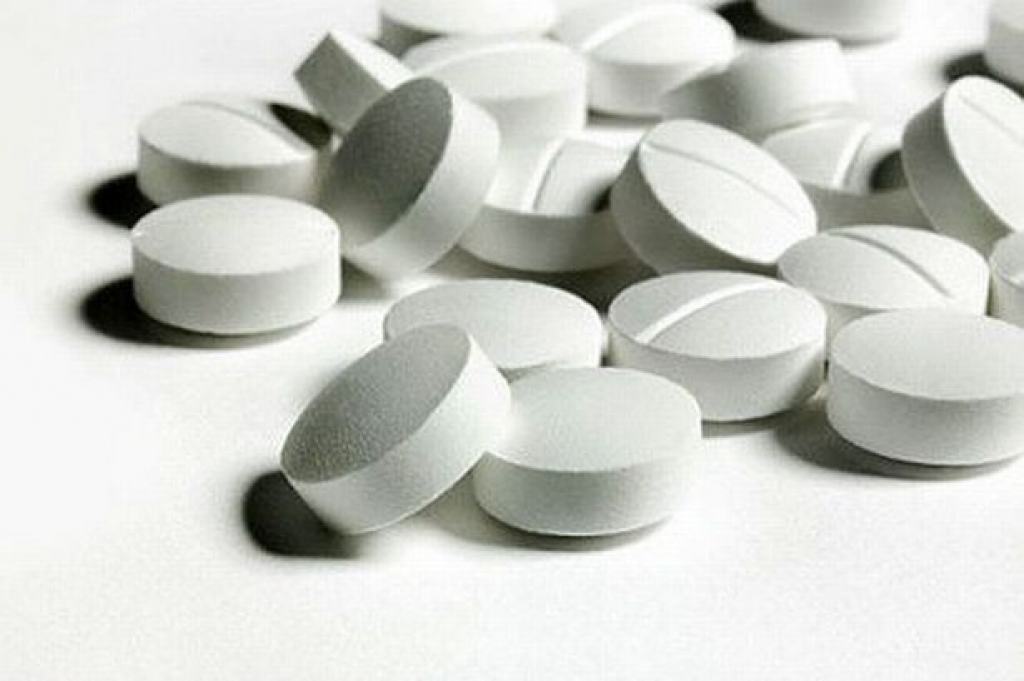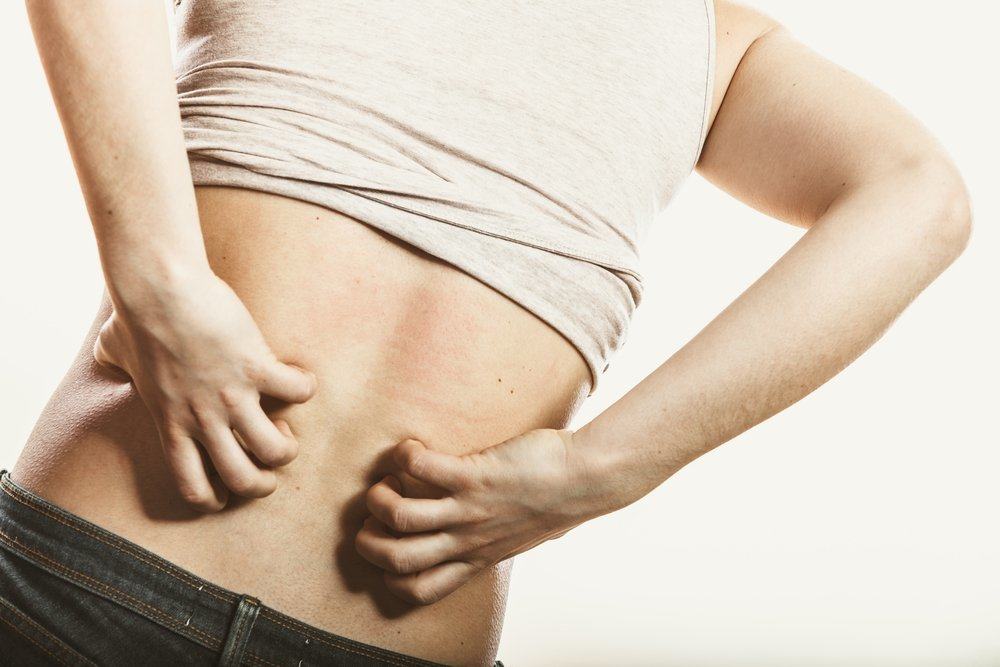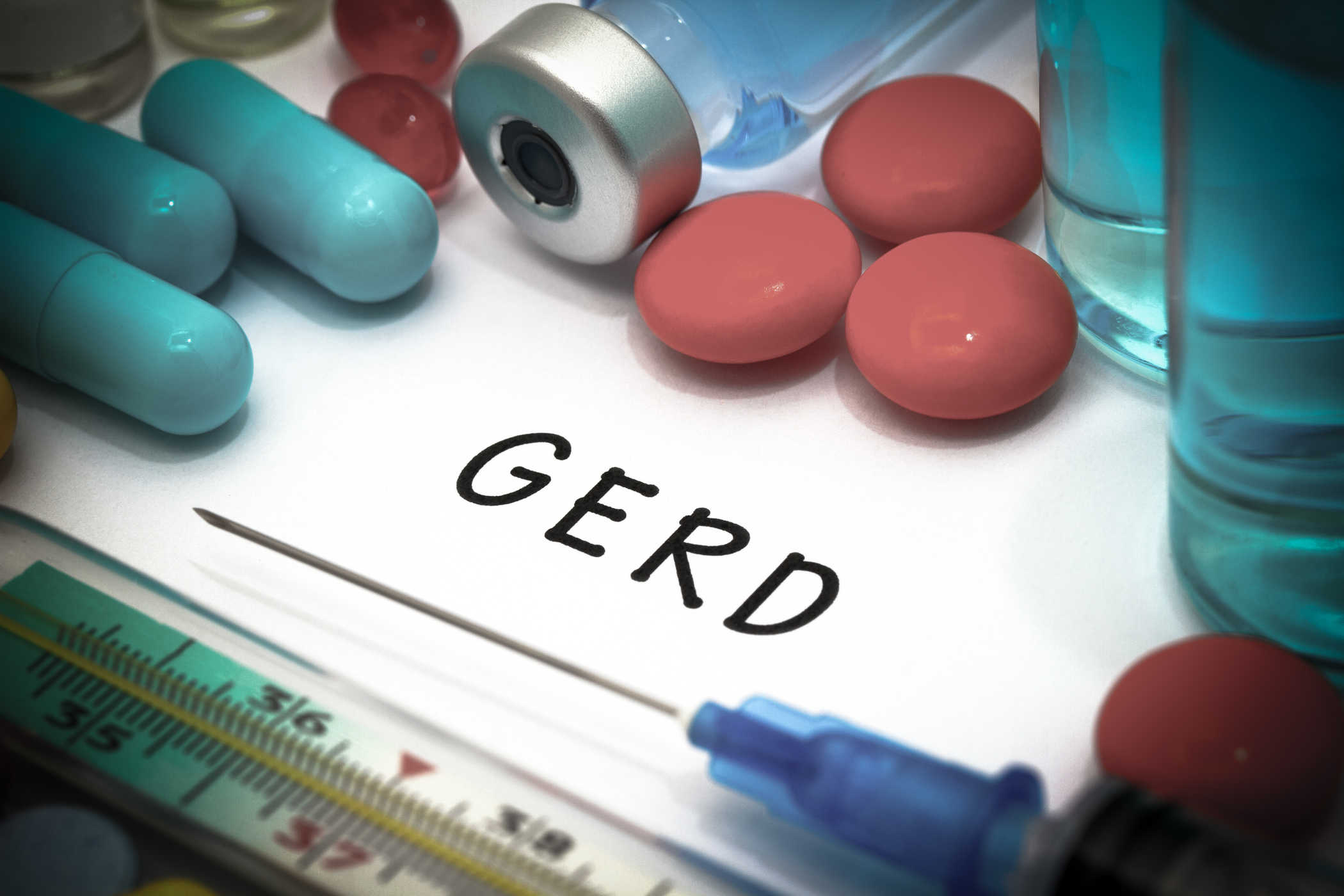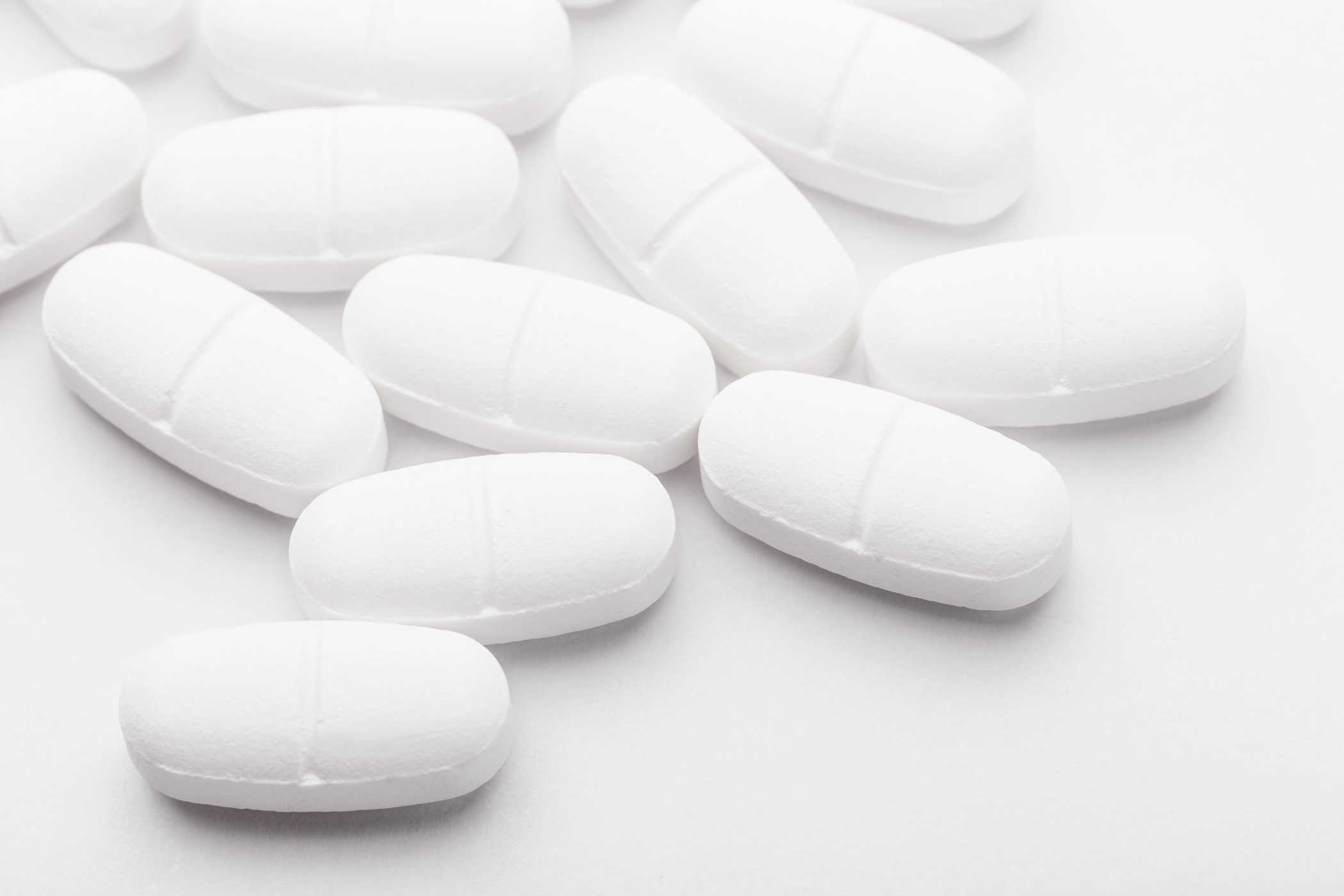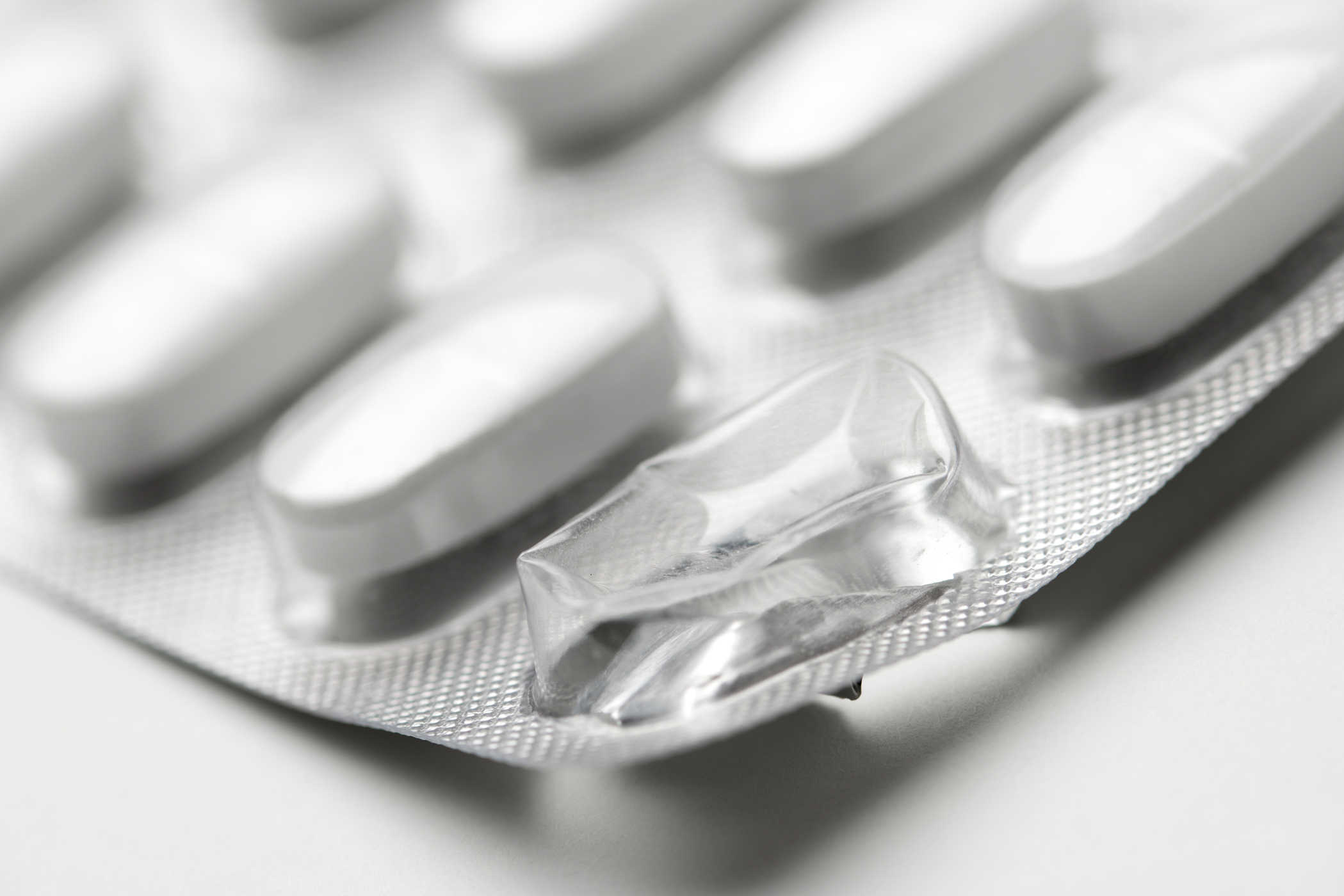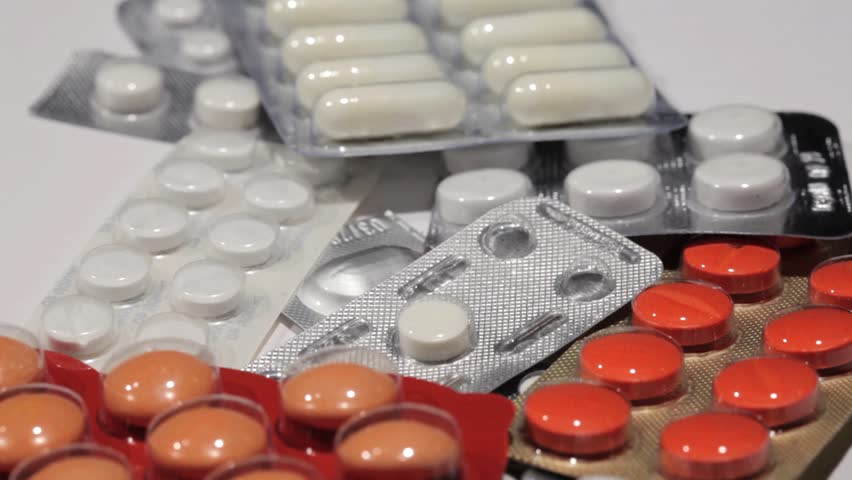Contents:
- Medical Video: Caring for your perineum after the birth of your baby
- How long will the perineal pain last?
- How to reduce pain in the perineum?
Medical Video: Caring for your perineum after the birth of your baby
Pain in the perineum or the area between the vagina and anus is a natural thing that happens after you give birth. This is due to stretching during the delivery process.
You may only experience a slight bruise due to pressure from the baby's head. However, some mothers also experience tears during labor. Usually the tears are only small, but can cause pain.
If you experience a tear, the pain depends on how deep the tear is. Minor tears do not need stitches, but around 60% -70% need stitches to speed up the healing process.
You may need an episiostomy to make it easier to get the baby out, or if your baby needs to be born soon. This occurs in 1 in 7 women giving birth. The midwife will try not to do an episiostomy, because the wound will heal longer than the tear.
How long will the perineal pain last?
Bruising and pain from a tear or incision will improve within a few days, but the scar will disappear within a few weeks.
After the birth examination with your doctor, about 6 weeks after delivery, you should be in the process of recovery. After 2 months, you no longer feel pain.
How to reduce pain in the perineum?
Your midwife will advise you to keep the perineum clean and how to speed up the healing process.
If you need pain relief, use paracetamol first. Paracetamol is safe for breastfeeding mothers. If you need a stronger pain reliever, you can try ibuprofen. But if your baby is premature or is born with a light weight, ask your doctor before using ibuprofen.
Here are methods that you can do to ease pain:
- Lie down, so that the pressure under the body decreases.
- Stick cold compresses or ice cubes in plastic wrapped in clean flannel cloth on the perineum.
- Take a break and give time for healing.
- Bathe with warm water.
- Do the Kegel exercise. This can accelerate healing and smooth blood flow in the area.
- Flush with warm water in this area after urinating. This can rinse the urine and reduce pain and keep the perineum area dry. Dry it with toilet paper afterwards.
You will improve by yourself. Focus on the healing process and gather the strength you need to care for your baby.
Keep the wound clean and wash every day. Change pads frequently, and wash hands before or after to prevent infection. Contact your doctor or midwife if you have a fever, or the pain does not improve. Fever can be a sign of infection.
If you need more help to deal with pain, your doctor can prescribe a stronger pain reliever, such as a special spray or cream.
READ ALSO:
- 10 Tips for Returning to Ideal Body Weight After Childbirth
- Strengths and Disadvantages of Normal Childbirth vs. Caesarean Section
- What Happens to Your Body During the Postpartum Period?

